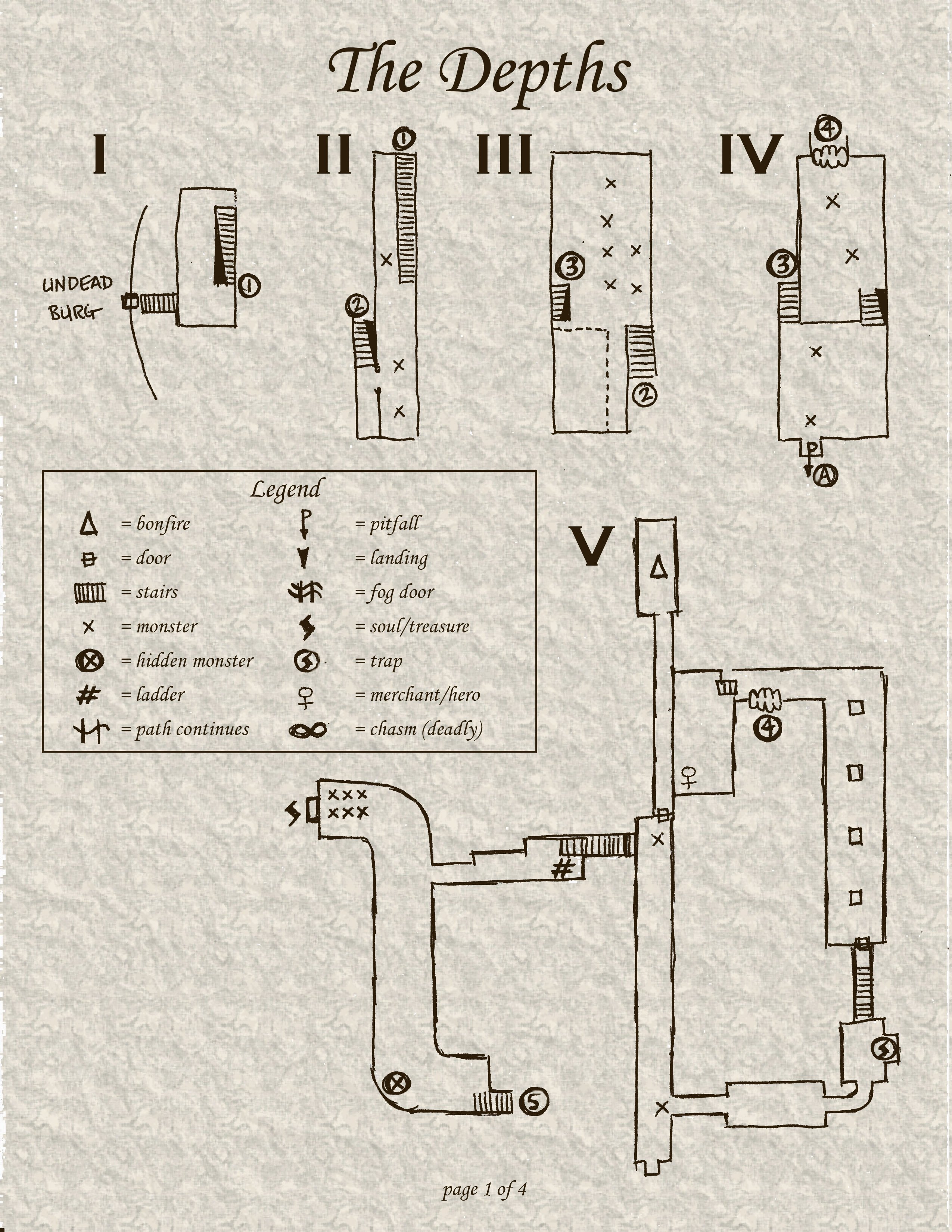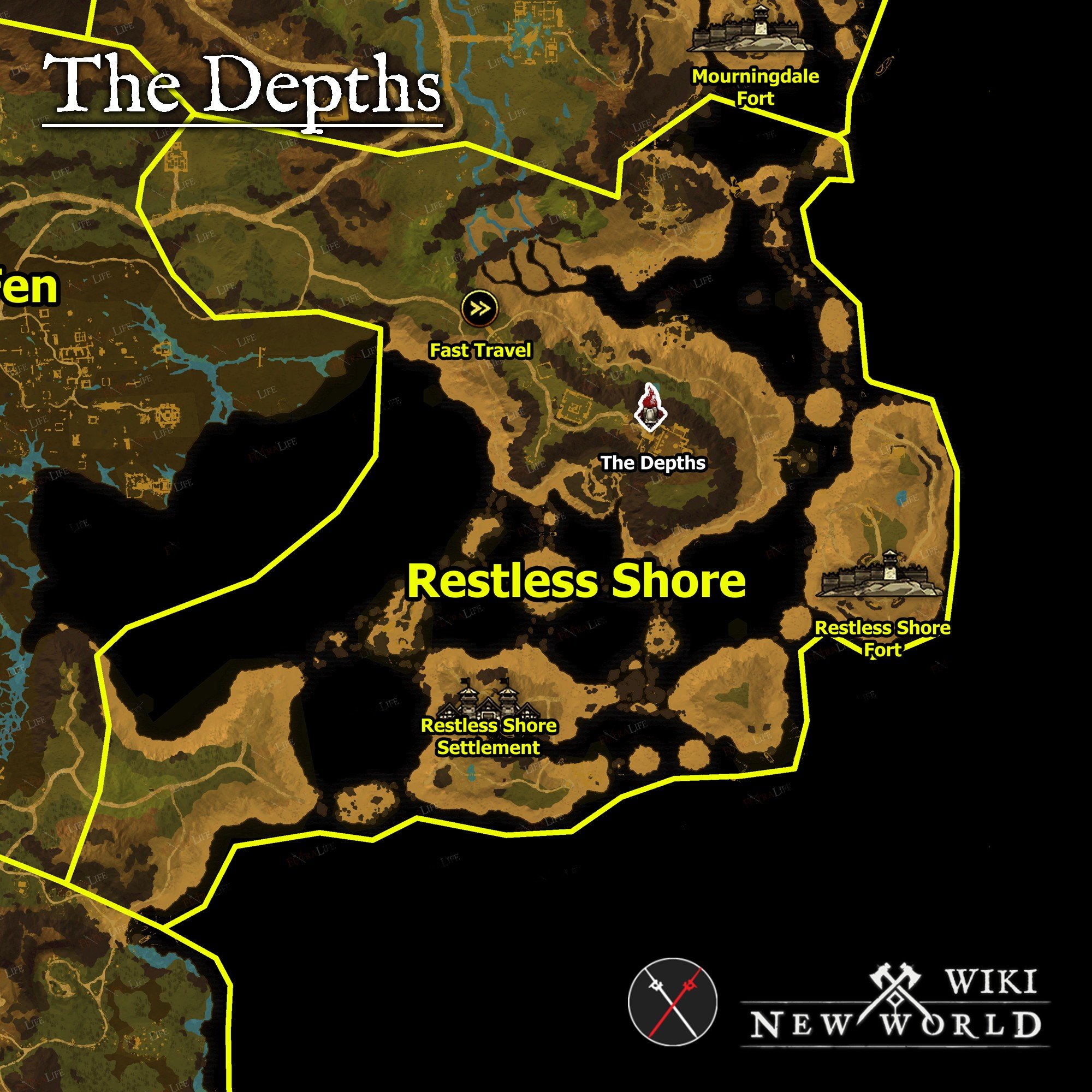
Converting 2D content to 3D video streams is possible if the depth information is estimated from the original 2D video sequence. This allows the existing popular movies and documentaries to be watched on 3D screens. Equally important is the ability to convert existing 2D material to 3D format. Thus the production of 3D-format videos is important. The successful introduction of 3D TV to the consumer market relies not only on technological advances but also on the availability of a wide variety of 3D content. The main drawbacks were the discomfort of the viewers (headaches, eyestrain) due to the poor quality content, the low-tech display systems, and the high costs involved in the production and distribution of 3D content. Despite the immense keenness towards 3D, the great expectations of viewers, content providers, and distributors have not yet been fulfilled.

Since then, several attempts have been made to introduce this technology into the market. The history of 3D TV can be traced back to 1920s, when the first experimental 3D TV set-up was built. It is predicted that by commercialization of 3D TV applications, another revolution will take place in TV's history (the last one being the introduction of digital video broadcasting). Viewers thus feel that they are part of the scene they are watching. Three-dimensional television (3D TV) generates a compelling sense of physical real space for the viewers by allowing on-screen scenes to emerge and penetrate into the viewers' space. Moreover subjective comparisons of the results, obtained by viewers watching the generated stereo video sequences on a 3D-display system, confirm the superiority of our method. Performance evaluations show that this method outperforms the other existing H.264-based technique by up to 1.98 dB PSNR, providing more realistic depth information of the scene. The low-complexity of this method and its compatibility with future broadcasting networks allow its real-time implementation at the receiver thus 3D-signal is constructed at no additional burden to the network. Then, depth is estimated based on its inverse relation with disparity.

The motion information of the video-frames captured via a single camera is either directly used or modified to approximate the displacement (disparity) that exists between the right and left images when the scene is captured by stereoscopic cameras. An efficient method that estimates the depth map of a 3D-scene using the motion information of the H.264-encoded 2D-video is presented.


 0 kommentar(er)
0 kommentar(er)
